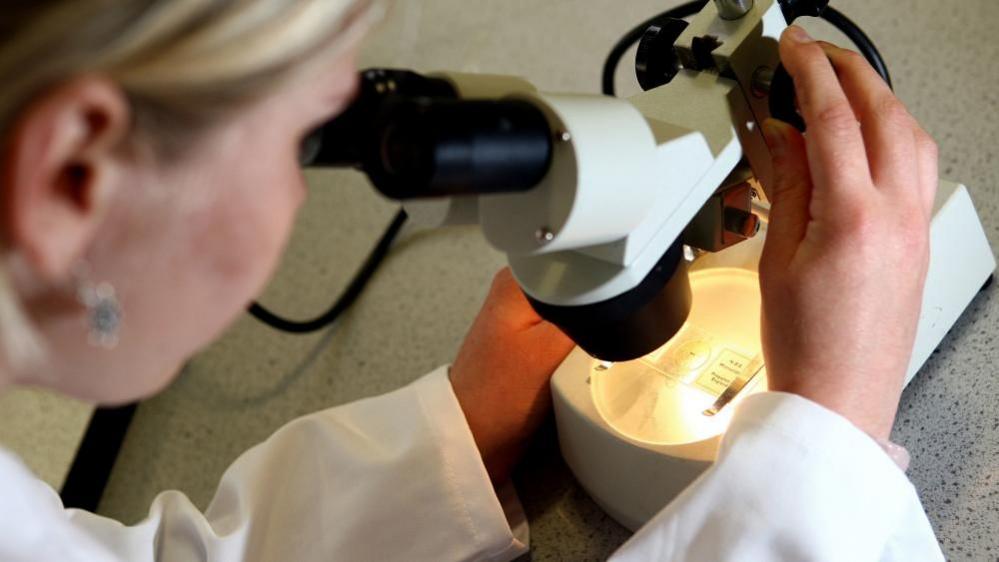Scientists charge 'charcoal sponge' to soak up CO2
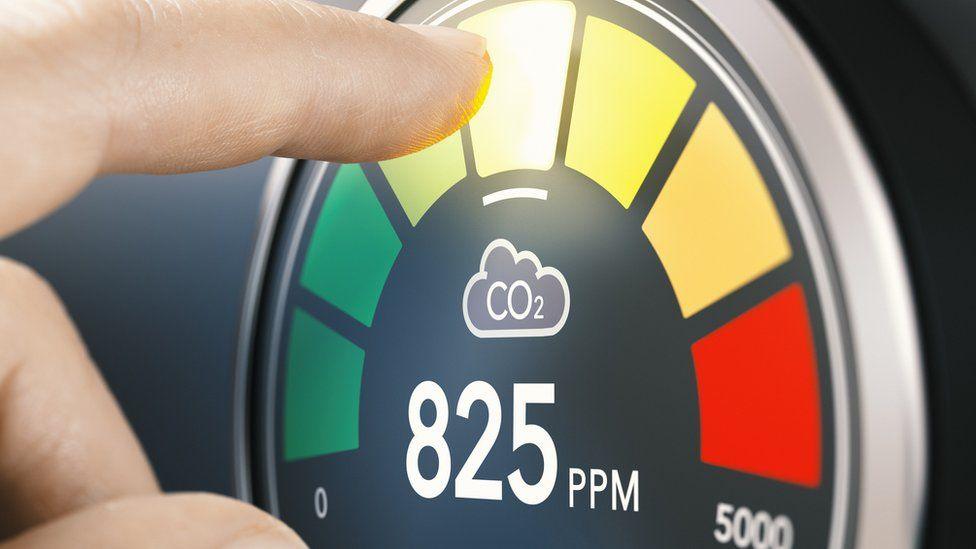
Dr Alexander Forse says capturing carbon dioxide is a "last resort" for tackling global warming
- Published
Scientists have devised a low-cost, energy-efficient method of capturing carbon dioxide (CO2) directly from the air, new research suggests.
The team at the University of Cambridge used a method similar to charging a battery to charge activated charcoal, which is often used in household water filters to remove contaminants.
The capture and storage of CO2 has been used as a way of reducing emissions that contribute to global warming.
Dr Alexander Forse, who led the study, said capturing from the atmosphere was a "last resort", but added: "Given the scale of the climate emergency, it's something we need to investigate."
The charged charcoal sponge required lower temperatures to remove the captured CO2 so it could be stored, making it potentially more energy-efficient than current methods, researchers found.
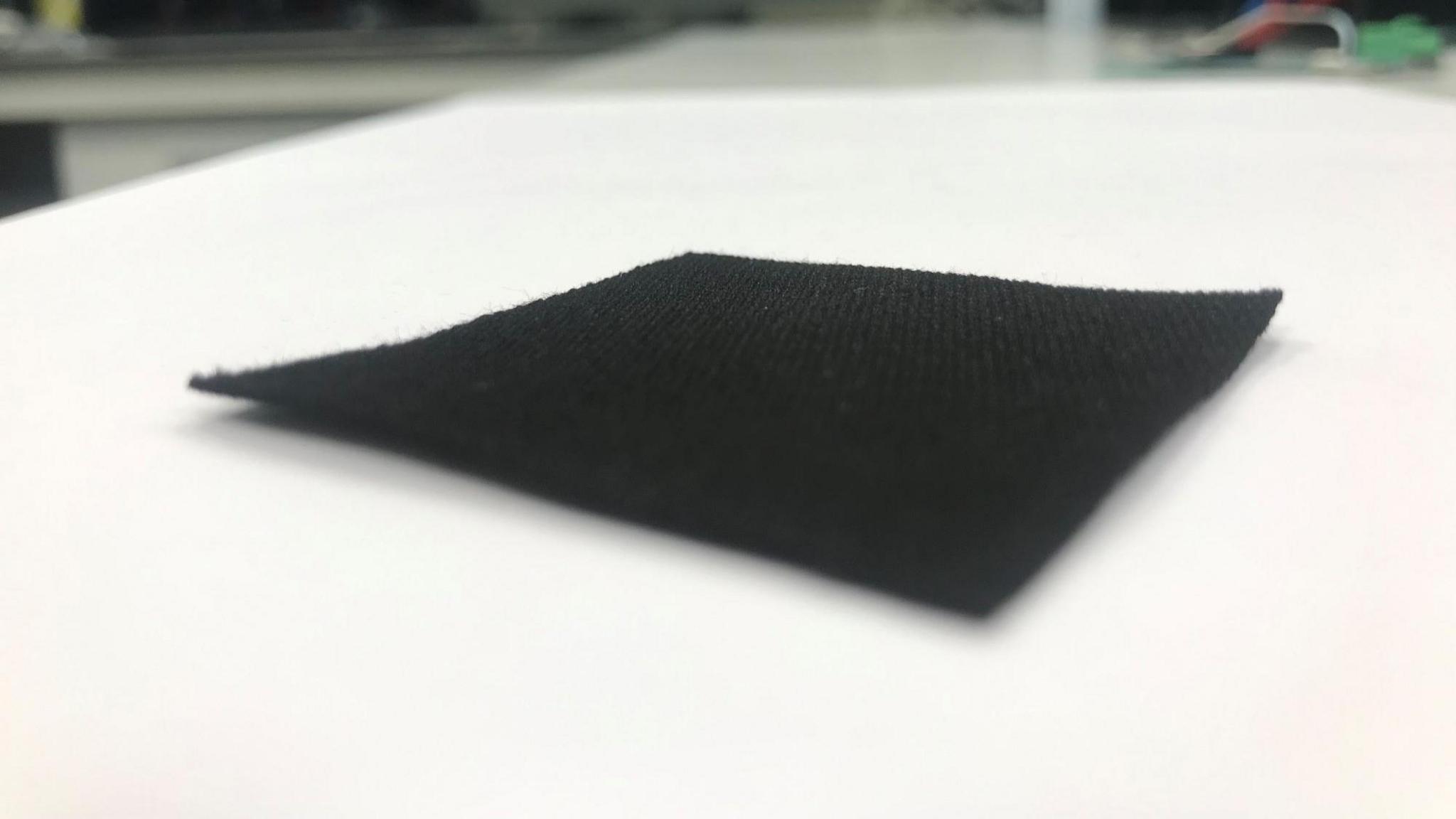
Scientists believe using activated charcoal could prove to be a cheaper way of capturing CO2 than current methods
'Crazy idea'
Dr Forse, of the Yusuf Hamied Department of Chemistry, said: "The first and most urgent thing we've got to do is reduce carbon emissions worldwide.
"But greenhouse gas removal is also thought to be necessary to achieve net zero emissions and limit the worst effects of climate change.
"Realistically, we've got to do everything we can."
Dr Forse said this method was a "kind of crazy idea" the team came up with during Covid-19 lockdowns.
"This approach opens a door to making all kinds of materials for different applications, in a way that's simple and energy-efficient," he added.
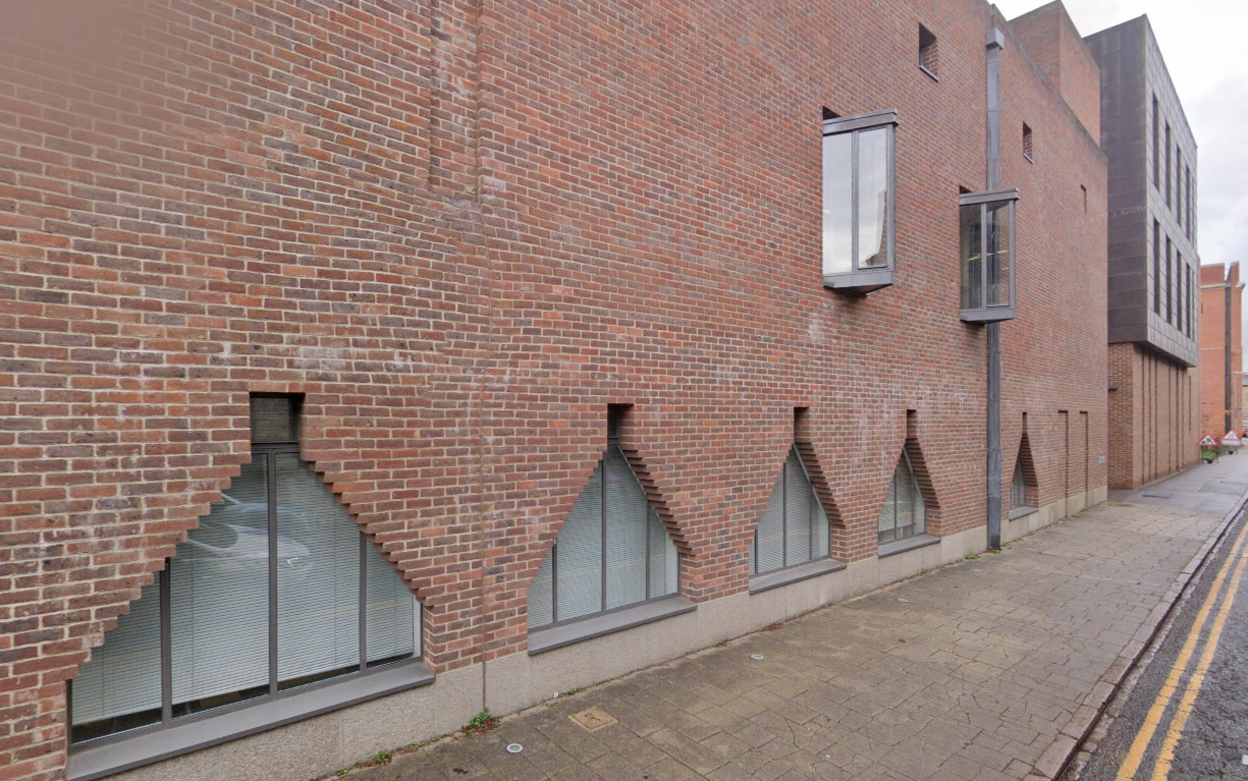
The team from the Yusuf Hamied Department of Chemistry found the charged charcoal sponge could successfully capture CO2 from the air
In most materials currently used for CO2 capture from air, the materials need to be heated to temperatures as high as 900C (1,652F).
But the charged charcoal sponges only required heating to 90 to100C, temperatures that could be achieved using renewable electricity.
The materials were heated from the inside out, making the process faster and less energy-intensive.
However, the materials did have limitations and researchers were working on how to increase the quantity of carbon dioxide that could be captured.
The research, published in the journal Nature, was supported by the Leverhulme Trust, the Royal Society, the Engineering and Physical Sciences Research Council (EPSRC) and the Cambridge Centre for Climate Repair.
Follow Cambridgeshire news on Facebook, external, Instagram, external and X, external. Got a story? Email eastofenglandnews@bbc.co.uk, external or WhatsApp us on 0800 169 1830
Related topics
More like this
- Published5 June 2024
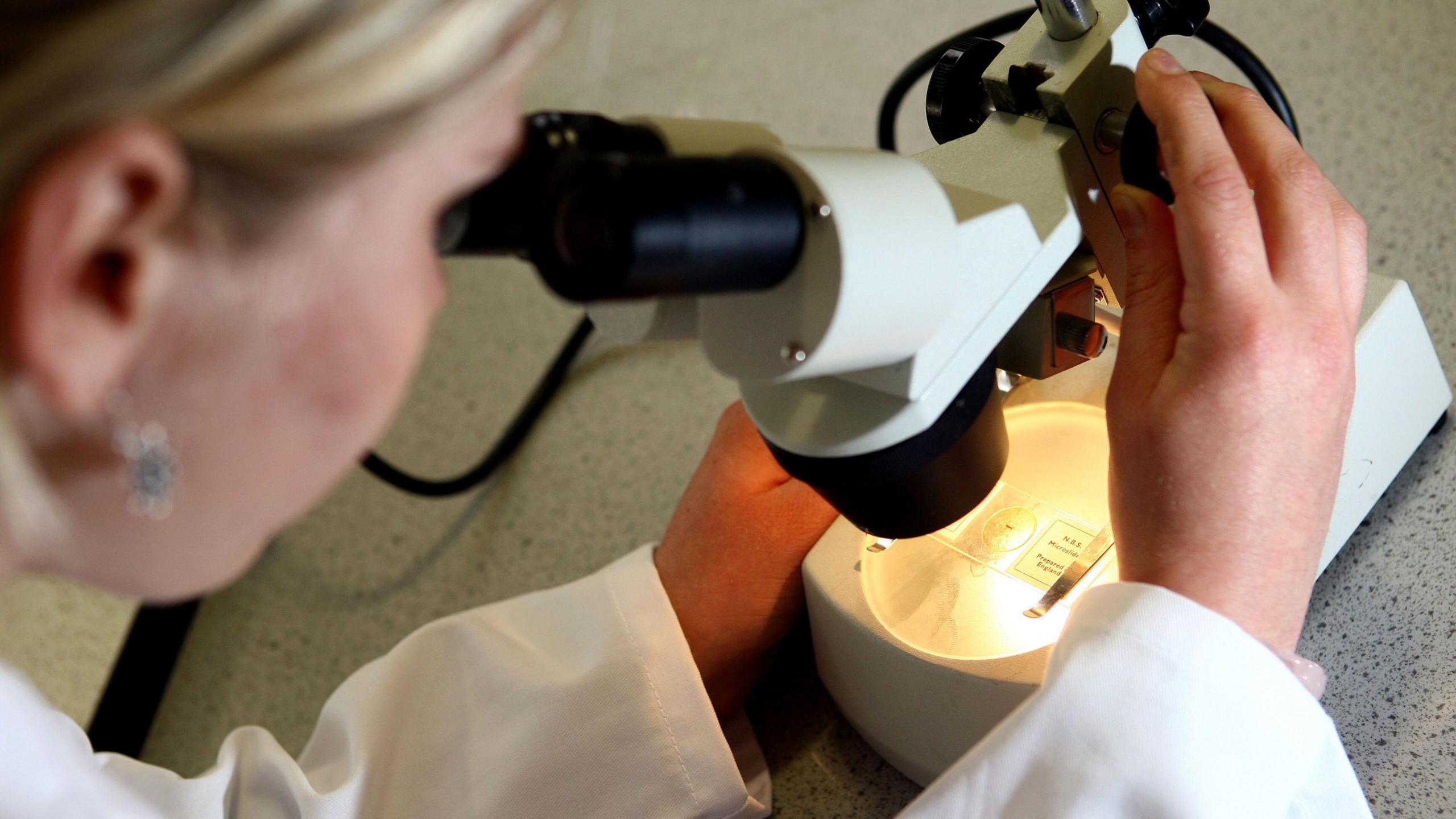
- Published31 May 2024

- Published24 May 2024
